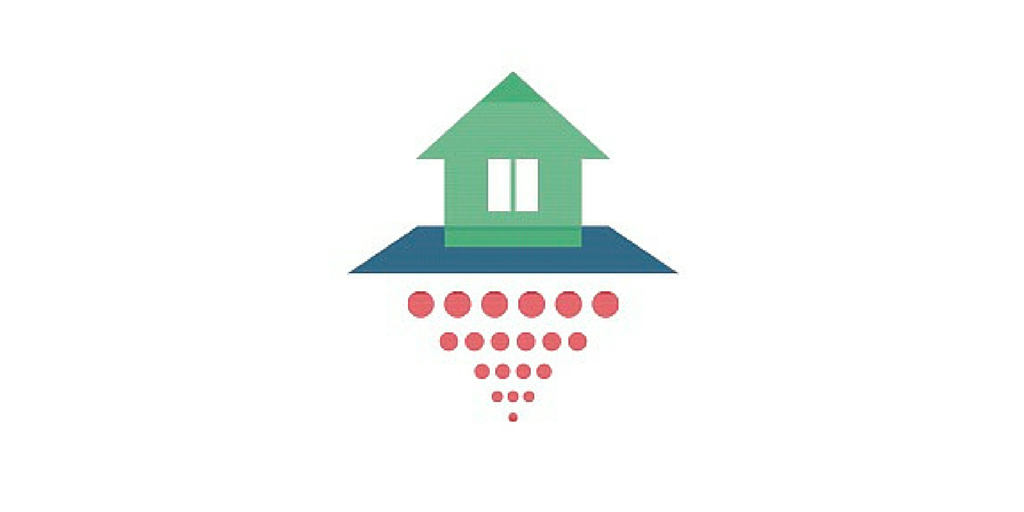What Realtors Need to Know About Radon Tests

Real estate friends, have you heard of the next big safety concern that’s making waves in our industry? You guessed it – we’re talking about radon.
… Yes, radon. For anyone who missed eighth grade geology, radon is a colorless, odorless gas that emits from decaying uranium in the ground and seeps into homes through a number of paths. As “sexy” as we know this topic sounds, radon poses a serious health concern for your clients – breathing radon particles can in fact cause lung damage and is associated with an increased risk of lung cancer.
Recently, Pillar to Post and the Council of Residential Specialists co-hosted an awesome webinar on how real estate agents can better educate their clients on radon testing. Here are our key takeaways from the webinar:
How does radon get into my clients’ homes, anyway?
Think of radon like a ninja that’s trying to break into your home – it can enter through multiple routes (and most often, the basement). Common entry routes include floor joints, cracks in concrete slabs, gaps around pipes and electrical outlets, and exposed soil in crawl spaces. As uranium decays, it emits radioactive radon particles that can float up into the air and enter the home.
I’ve never heard that there are high radon levels in my area. Should my buyers/sellers still be concerned?
In short, absolutely. Radon is everywhere, and it’s entirely possible for radon to build up in your home, even if there aren’t high levels of radon in your area.

So, what exactly is an unsafe radon level?
Let’s get technical for a moment. Radon is measured in pico Curies per Liter (pCi/L). While the average indoor radon level is 1.2 pCi/L, 4 pCi/L is the agreed upon risk level that necessitates radon remediation (the EPA recommends that homeowners even consider remediation if their levels are between 2-4 pCi/L).
What should I tell my buyers/sellers to do?
The EPA recommends that all houses be tested for radon levels during the point of sale. In most cases, the buyer will request the radon test results from the seller as part of the home inspection. Sellers, however, may conduct radon testing before listing their home for sale. In that case, the seller will reveal test levels on the house disclosure form.
So, what does radon testing look like?
During the real estate transaction, most buyers hire a certified radon measurement professional to perform the testing. There are two kinds of tests to measure radon levels in your home – short term tests, which take about 48 hours, and longer-term tests, which can take several months. Buyers/sellers should consult with their home inspector to determine what kind of test best suites their home and whether multiple tests will be required.
How often should a home be tested?
Pillar to Post recommends that homes are tested every two years.
Help! My client has high radon levels in their home – what should I tell them to do?
The good news is that radon reduction techniques work well. Your clients can choose from a number of ventilation techniques, which reduce the number of paths for radon to enter the home. Instruct your buyers/sellers to consult a radon measurement professional or their home inspector to figure out which technique will work best for their home.
Let’s talk pricing. Is it expensive?
The average cost of remediation is $1,200. All things considered, it’s not so bad, particularly when compared to how much it costs to repair other home systems. For example, new furnaces generally run between $2-5K.
Educate your clients with the message that you’ve learned above, and the old adage will ring true – better safe than sorry!
Have more questions about radon testing? Read more from the EPA here.
More Industry Insights

Five leadership lessons multifamily can steal from sales (courtesy of Kevin Ducey’s conversation with Tony Sousa)
15 December 2025

What great sales leadership can teach multifamily about resident satisfaction
15 December 2025












